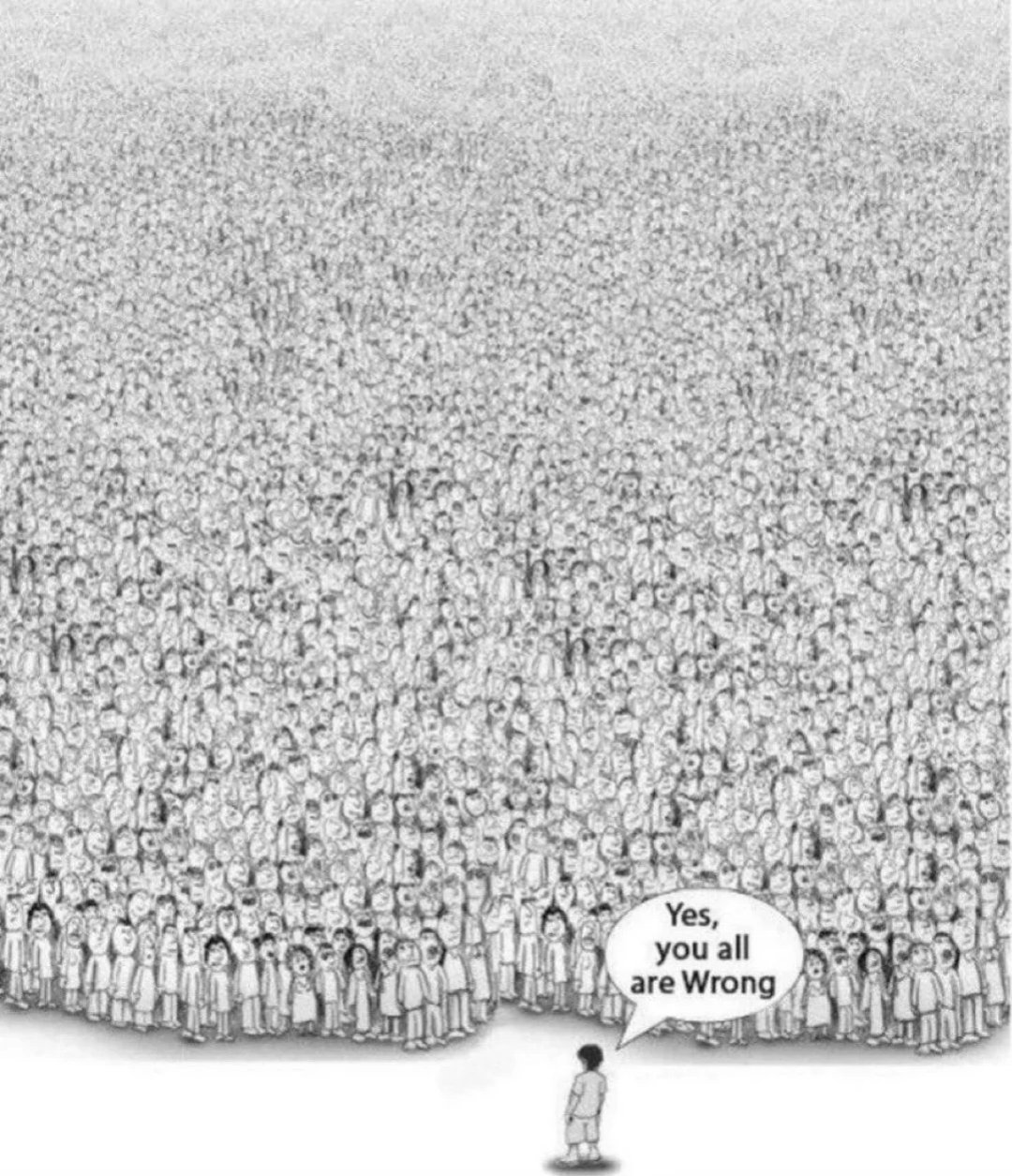this post was submitted on 07 Dec 2023
547 points (87.8% liked)
Asklemmy
49417 readers
445 users here now
A loosely moderated place to ask open-ended questions
If your post meets the following criteria, it's welcome here!
- Open-ended question
- Not offensive: at this point, we do not have the bandwidth to moderate overtly political discussions. Assume best intent and be excellent to each other.
- Not regarding using or support for Lemmy: context, see the list of support communities and tools for finding communities below
- Not ad nauseam inducing: please make sure it is a question that would be new to most members
- An actual topic of discussion
Looking for support?
Looking for a community?
- Lemmyverse: community search
- sub.rehab: maps old subreddits to fediverse options, marks official as such
- !lemmy411@lemmy.ca: a community for finding communities
~Icon~ ~by~ ~@Double_A@discuss.tchncs.de~
founded 6 years ago
MODERATORS
you are viewing a single comment's thread
view the rest of the comments
view the rest of the comments

I don't quite think you got his point since they are not literally the same. 32/64 implies an accuracy of 1/64th or .01563. 0.5 implies an accuracy of 0.05 or half of the increment of measurement (0.1 in this case).
I don't agree however that fractions are more accurate since it is arbitrary. For instance 0.5000 is much more accurate than 32/64 or 1/64.
It's not that precision can't be arbitrarily recorded higher in fraction, it's that precision can't be recorded precisely. Decimal is essentially fractional that's written differently and ignoring every fraction that isn't a power of 10.
How can a measurement 3/4 that's precise to 1/4 unit be recorded in decimal using significant figures? The most-correct answer would be 1. "0.8" or "0.75" suggest a precision of 1/10th and 1/100th, respectively, and sig figs are all about eliminating spurious precision.
If you have 2 measurement devices, and one is 5 times more precise than the other, decimal doesn't show it because it can only increase precision by powers of 10.
In the case of 1/64th above, if you just divide it out it shows a false precision of 1/100,000.
0.75 +- .25 is that what you mean? If so here you go, that's how any statician would do.
That's not a number - that's a sentence that takes up 3 times as many characters as 3/8.
3/8 is more efficient.
Sure dude
Now do 0.75 +- 0.05 with a fraction
15/20
Wtf